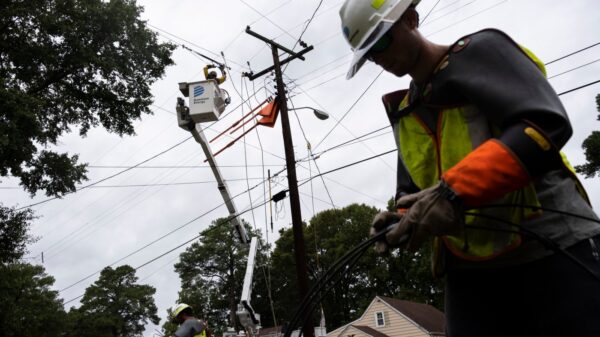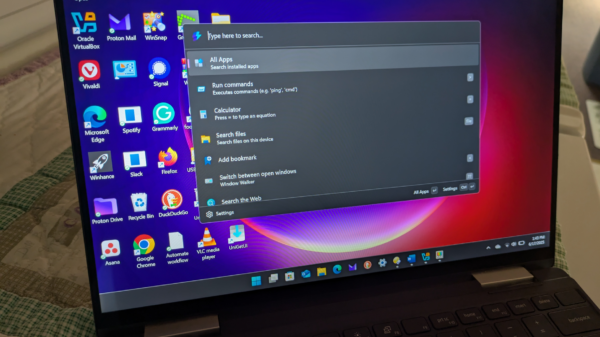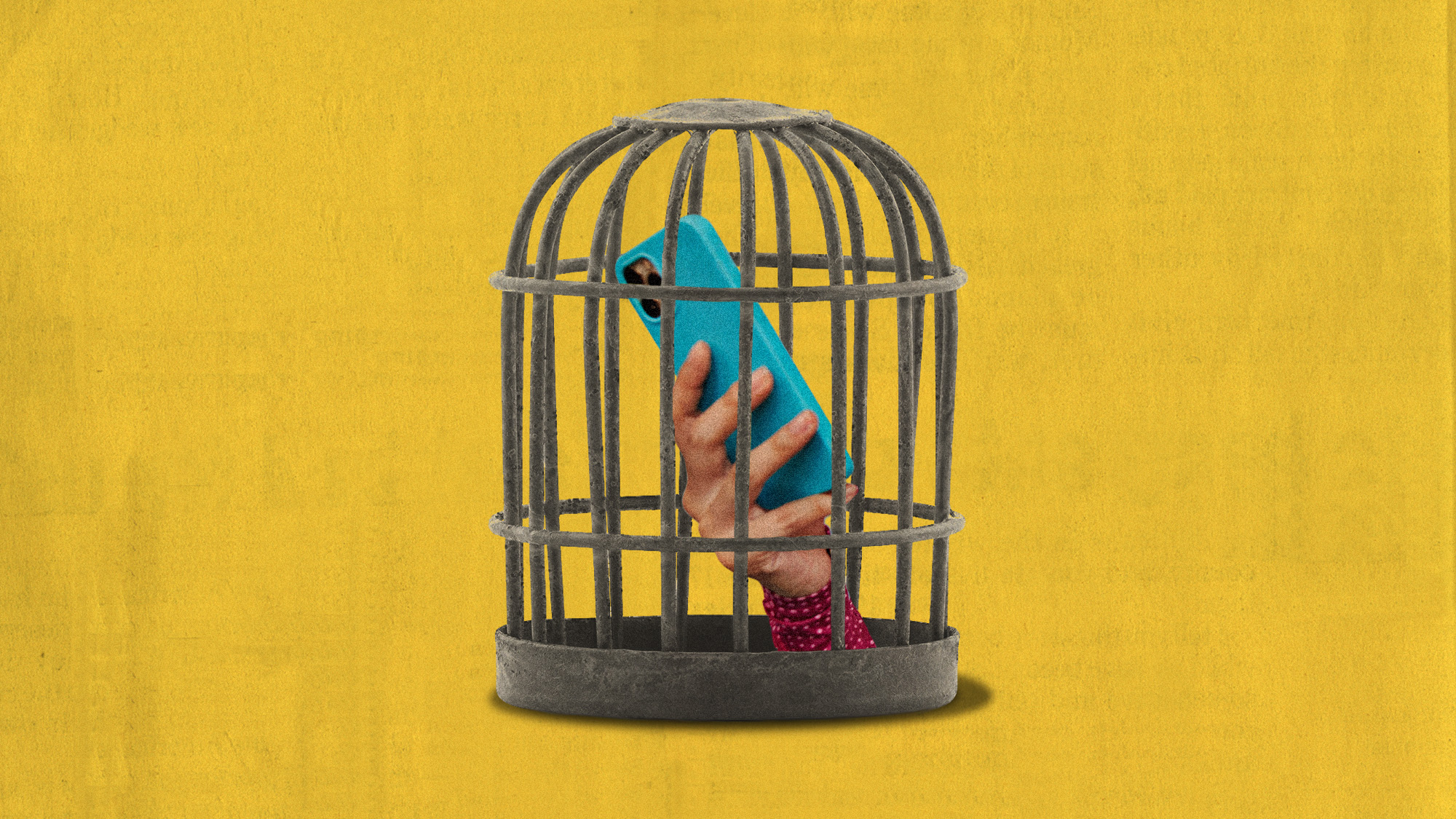A growing number of students are increasingly turning to technology from the past, such as flip phones and digital cameras, as schools across the United States impose restrictions on smartphones. This trend reflects a creative response to the need for distraction-free environments in educational settings, with bans on cellphone use now affecting institutions in more than a dozen states.
Schools implementing what are known as “bell-to-bell” phone bans are witnessing a revival of older technology that once seemed obsolete. Devices like old iPods, Walkmans, and Polaroid cameras are becoming commonplace among students. The New York Times highlights this phenomenon, noting that the younger generations, particularly Gen Z and Gen Alpha, have developed a newfound appreciation for these gadgets, which they associate with a simpler, pre-smartphone era.
The nostalgia for earlier technology is not merely a fleeting trend. According to The Independent, the rapid pace of technological advancement has led to a yearning for a quieter and more comfortable lifestyle, especially in the wake of the Covid-19 pandemic. Many educators have observed that smartphones have become an extension of their students’ identities. Joel Snyder, a government and economics teacher in Los Angeles, remarked in a piece for Chalkbeat that cellphones have become so integrated into students’ lives that they almost function as an “extra limb.”
In response to the cellphone bans, some schools are also reviving non-digital games and activities. One institution has introduced a variety of “old-school” pastimes, including puzzles, chess, and crafts. As noted by The Washington Post, activities have expanded to include sewing machines, laser engravers, and even calligraphy pens.
Positive Changes in Student Behavior
Schools that have instituted cellphone bans have reported significant improvements in student behavior. Jonathan Haidt, author of The Anxious Generation, shared insights with the BBC, stating that discipline issues have noticeably declined. “There is just a lot less fighting, a lot less drama,” he observed, adding that truancy rates have also decreased. Students have expressed that school becomes more enjoyable without the distraction of phones, allowing them to connect meaningfully with their peers.
Madeline Ward, a former student at Bethlehem High School in upstate New York, echoed these sentiments. She noted that the absence of cellphones led to a more outgoing environment where students felt encouraged to engage in conversation. “You just saw a lot more people being outgoing and finding people to talk to when they might not have in the past,” she said in an interview with the Post.
Joel Snyder emphasized the importance of creating an enriching educational atmosphere, stating, “Students deserve more—more space to be present in the classroom, more opportunities to engage with each other, and more time away from screens.”
The shift towards embracing retro technology highlights a significant cultural moment where students are not only adapting to restrictions but also finding value in the past as they navigate their educational experiences. As this trend continues, it may redefine how future generations interact with technology and each other in academic settings.







































































